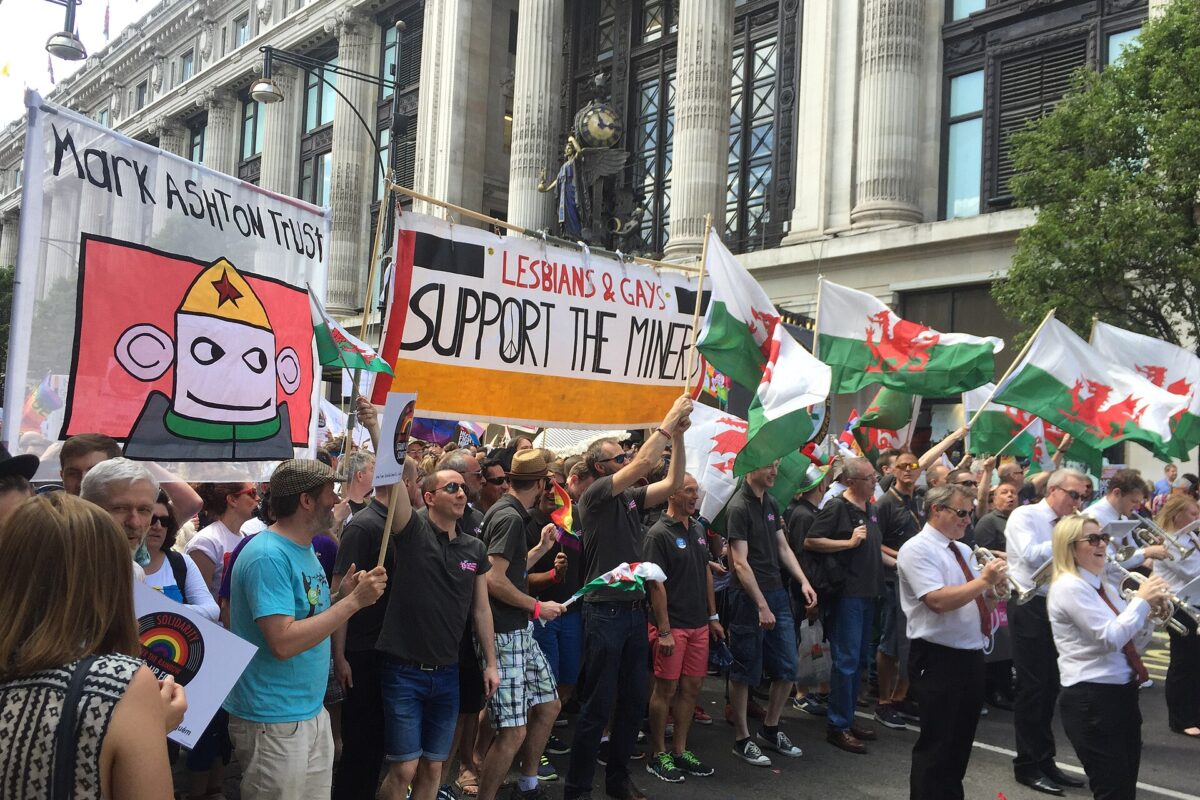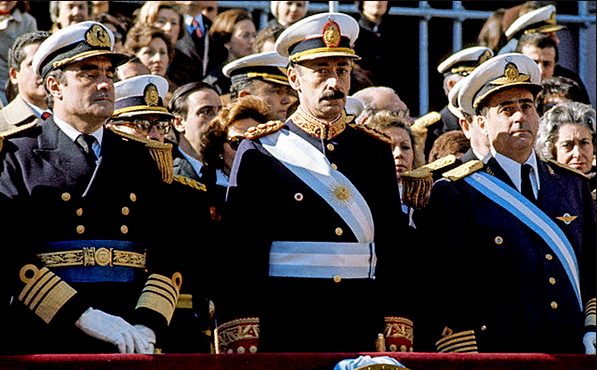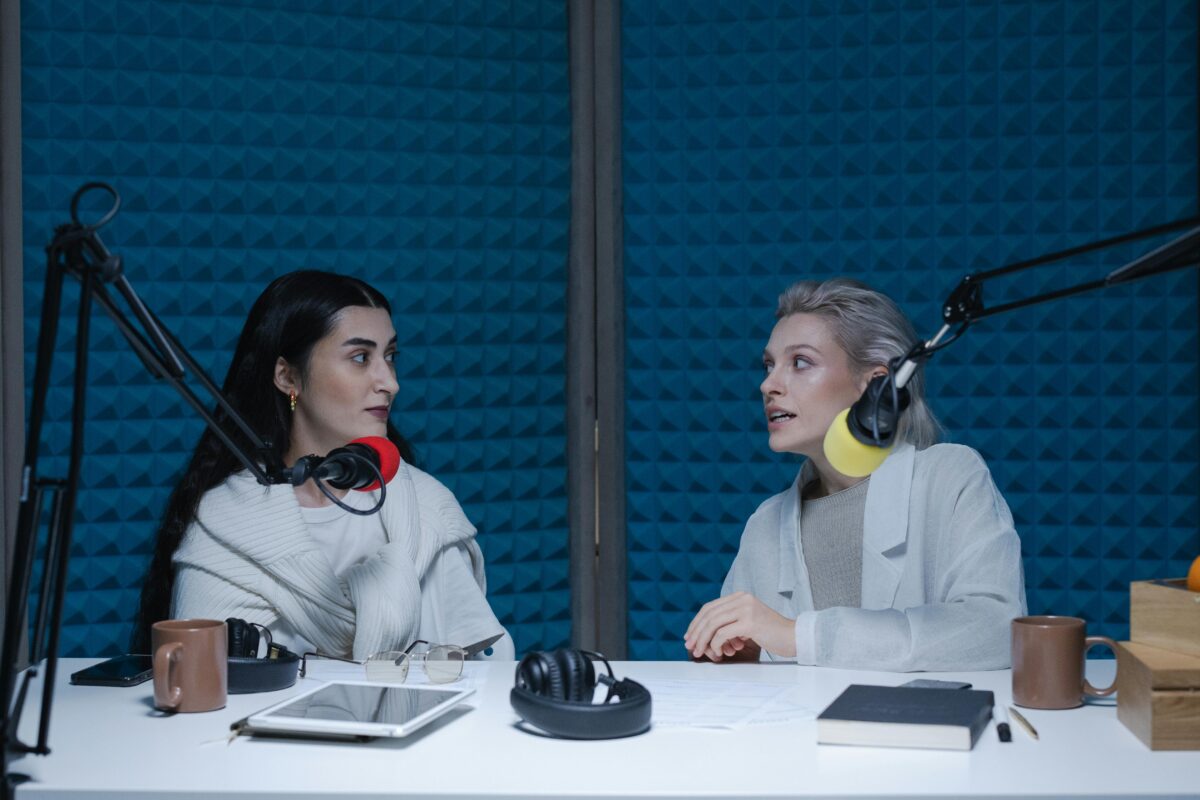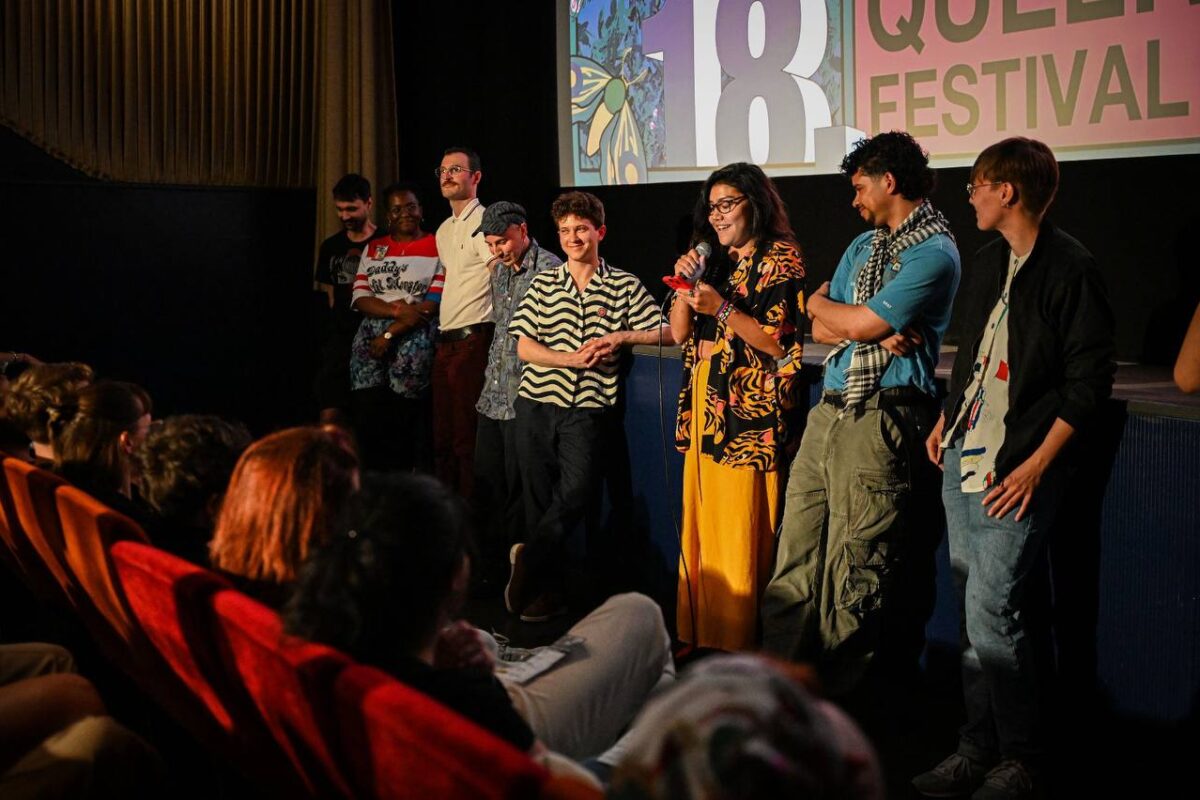Rebellious Daughters of History #32
by Judy Cox
Chartist Militant and Theoretician: Elizabeth Hanson (1797-1886)

Elizabeth was born in 1797. She married Abram Hanson, a shoemaker, and lived in Elland, near Halifax.
Elizabeth became politically active in the campaign against the Poor Law Amendment Act, 1834. The Act stated that the destitute would only get help if they entered a workhouse, where families were forced apart and prison-like regimes were enforced.
Elizabeth was furious that the legislation “cast women in the role of dependants on their husbands’ incomes rather than as contributors to the family income on their own right”.
In February, 1838, Elizabeth told a meeting that women in the workhouse had their hair cropped and were separated from their children. She argued that the only way to stop this was for women to unite and form political organisations.
Elizabeth led a group of women who ambushed several Poor Law Commissioners outside a workhouse to “treat them with a roll in the snow”.
Elizabeth Hanson and Mary Grassby formed the ‘Elland Female Radical Association’ in March, 1838. The Association supported the campaign for the Charter. She became one of the movement’s most effective speakers, and a newspaper reported she “melted the hearts and drew forth floods of tears”.
Like all radical women, Elizabeth and Mary were attacked and ridiculed in the national press – working class women were not allowed to interfere in politics. One reporter sneered that the poor could not live in ease on the rates and the only solution to poverty was the expansion of trade and commerce.
Undaunted, Elizabeth replied, “You say, extend our commerce. We have ransacked the whole habitable globe. If you can find a way to the moon, we may, carry on our competition a little longer; but if you want to better the condition of the working classes, let our government legislate so as to make machinery go hand in hand with labour, and act as an auxiliary or helpmate, not a competitor”.
In 1839 Elizabeth gave birth to a son, who she named Feargus O’Connor, after the Chartist leader.
She continued to be involved in the campaign for universal suffrage. Elizabeth’s husband Abram recognised that “women are the best politicians, the best revolutionists, and the best political economists.”
After 1840 Elizabeth was less active in the Chartist movement, probably because of caring for her children. She did what she could, and as late as 1852 Elizabeth was sending small donations to Chartist causes.

Communard: Louise Michel
Louise Michel was born in 1830, the illegitimate daughter of a serving-maid. She was raised by her grandparents.
In 1865 Louise opened a progressive school in Paris became involved in the radical politics.
In 1869 Louise joined a feminist group ‘Society for the Demand of Civil Rights for Women’.
When Paris came under siege from Prussian troops in 1870, Louise joined the National Guard. When the Paris Commune was declared in 1871, she was elected head of the ‘Montmartre Women’s Vigilance Committee’.
Michel played a leading role in the revolutionary government of the Paris Commune and the armed struggle against the French government.
Louise fought with the 61st Battalion of Montmartre and organised ambulance stations. In her memoirs she recalled, “I like the smell of gunpowder, grapeshot flying through the air, but above all, I’m devoted to the Revolution.”
She challenged her male comrades to “play a part in the struggle for women’s rights, after men and women have won the rights of all humanity.”
The Commune was brutally suppressed and around 20,000 were executed. In December 1871, Louise was charged with trying to overthrow the government, encouraging citizens to arm themselves and using weapons. Defiantly, she dared the judges to sentence her to death. She was sentenced to penal transportation, one of some 10,000 Communards who were deported.
After twenty months in prison Michel was deported to New Caledonia, where she met Nathalie Lemel, another female Communard.
Louise taught French to the local Kanak people and took their side in the 1878 Kanak revolt. She also became a teacher for the children of the deported
In 1880, amnesty was granted to Communards. Louise returned to Paris and continued her revolutionary activity. She attended the anarchist congress in London in 1881, where she spoke to huge crowds.
In Paris in March 1883 Louise led a demonstration by unemployed workers which led to a riot. She was tried for her actions and used the court to publicly defend her anarchist principles. She was sentenced to six years of solitary confinement.
In 1890 she was arrested again and escaped to London where she set up a progressive school for refugee children and toured Europe speaking to thousands of people.
Louise returned to France in 1895. She died of pneumonia in Marseille on 10 January 1905. Her funeral in Paris was attended by more than 100,000 people.



